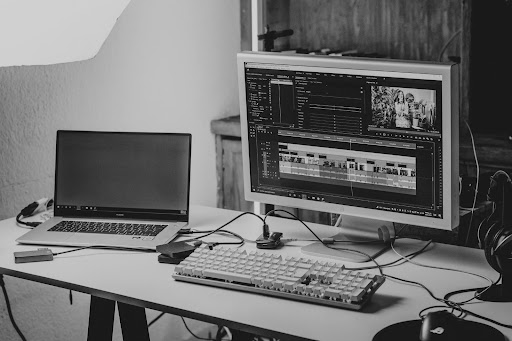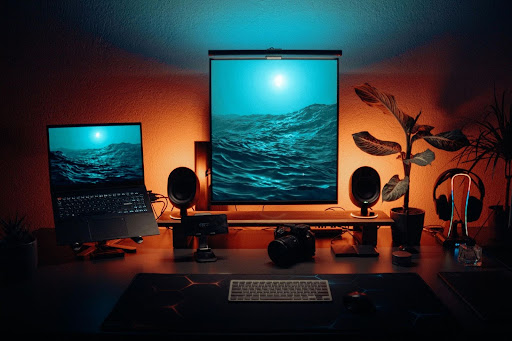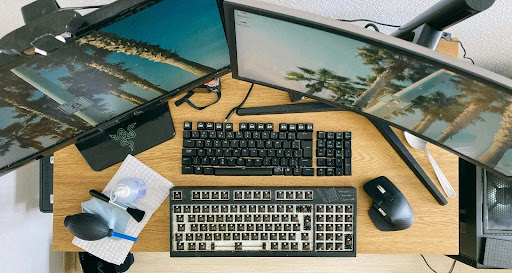You might have heard of terms like Raster to vector conversion services but what exactly are they? Here, I will explain to you about them and their characteristics. Raster and Vector are two different ways of depicting images; they are two categories of presenting digital images.
Raster – Firstly, raster images are in .jpg or .png format. Rater images are primarily composed of pixels, which can be in various colours. Pixels are small squares usually seen when you zoom an image. Therefore, when a raster image is zoomed in for detailed observation, it loses its quality, with only small dots visible. Raster images may look good on the screen, but they need to be more scalable when zoomed in for detail.
Vector – A vector is a type of image that is built using mathematical formulas. Vectors are not made of pixels, which helps to detain the image quality regardless of the change in the image size. Vector files use .ai or .eps type of file formats.
Converting pixels into vectors
Vector conversion services are a great way to make your old photos or low-resolution graphics look new and intricate. A vector file is adaptable and editable, which many graphic designers use. Vector images are mainly necessary for creating company logos and banners because they give graphic designers the freedom to resize the image to work on it while withholding the quality of the picture. Vector Images are not only for company logos but can also create small prints like business cards and stickers; though the image is scaled-down, it guarantees a crystal-clear shot. The most significant advantage of vector files is converting them into any other type with the same clarity.
Why use Vector graphics?
The following are a few benefits of vector graphics.
- Sizable – Vector formats occupy significantly less space in your store than raster formats. Having files with small sizes comes with many advantages easy and quick to share, effortless loading time, and providing users with the best experience.
- Scalable – Scalability is the most significant advantage of vector graphics. As told earlier, vector image sizes can range from a minimal logo to a giant poster or banner. Vector images are flexible to adjust the image sizes without losing the image’s quality.
- Adjustable – It is very convenient to make changes to vector images. As per requirements, there can be many minute changes in the photo, which gives the designers the freedom to make any changes to the image without betraying the quality of the picture. Vector images make it easy to modify any changes.
- Easy to Convert – Converting a raster image to a vector image is a complicated process that mostly requires field experts. But, converting a vector to a raster image is trouble-free. Vector images can be converted into any file type without compromising the quality of the picture.
- Easy to print – Vector images are frequently used for printing purposes because they can print at high resolutions without compromising quality. Vector conversion is best when you want to amplify or reduce logos for print. This conversion helps you to secure the details in the image no matter what the size of the image is.
Conclusion
An effective way to convert a raster image to a Vector is by using the original image. Converting it manually to a vector image is a risky task that is difficult to do; instead, you can consult an expert to do it for you. Converting to a vector image takes time and effort; newly trying it wastes your time. Contact Offshore Photo Editing now if you want the best vector conversion services. They help you convert your complex pixels to vectors making them look clean and crisp.






